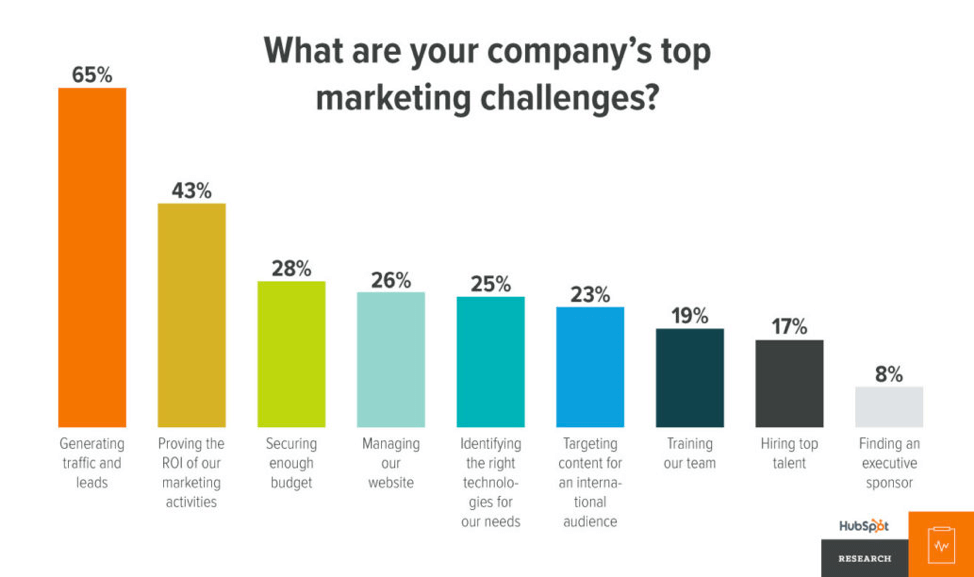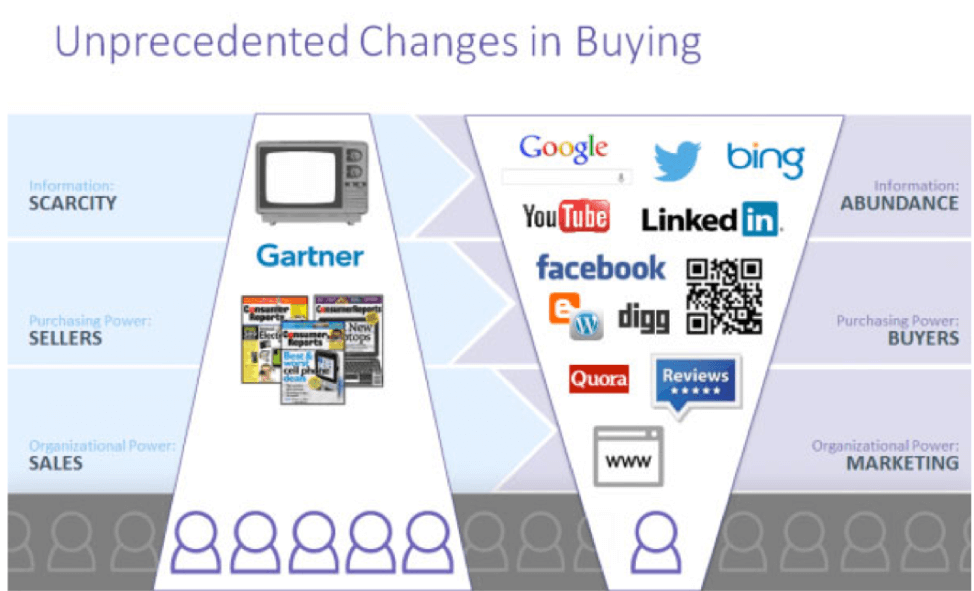Lead generation sounds simple, but what exactly is it? Lead generation is the process of finding and converting an audience not already connected to your company into prospects. Tactics used in lead generation include SEO, PPC, targeted online advertising, social media, email marketing and more. According to HubSpot, 63% of marketers stated that their top challenge in 2017 was generating leads and 70% said that converting those leads was a top priority.

So, knowing this, how do you get started?
First thing’s first:
You need to determine your target audience.
Gone are the days of “we want to reach everyone.” That approach will get you nowhere and set your campaign up for failure. It is best to set a primary and secondary audience. Depending on your audience size you can segment even deeper. Consumers want personalized approaches that they can connect with. By tightly defining your audience you are setting your campaign up for better results. This might sound daunting, but technology allows for variable inputs to be entered to deliver tailored creative to your audiences.
Here are a few tips to determine your target audience:
- Look at your current customers. Who are they?
- List out the benefits of your products/services. Whose problems does it solve?
- Set your demographics. Is your product/service geared towards Millennials with children? Specific locations? Occupations?
- What are the psychographics of your audience? What do they value? (Tie this back to the benefits of your product or service.)
Have goals for your campaign.
What can be measured can be repeated and evaluated. Stay away from vague goals like “generate new leads.” Managing a campaign to a goal is important for various reasons, but for most, ROI is number one. A second reason to measure your campaigns is to monitor results for changes in consumer behavior. Media and technology consumption are changing rapidly which affects how a consumer discovers your product/service. What works in Q1 may not come Q4. The following chart from Marketo shows just how much the buying landscape has shifted:

Watching performance will help you understand when you need to optimize your campaign and change your approach.
Setting a goal can be tricky, especially if you haven’t tracked leads in the past. If you haven’t set campaign goals before or don’t have numbers to go back to, make sure you start tracking everything. Start by looking at industry averages for click-through-rates, conversion rates, cost per lead and site stats (sessions, bounce rate, time on site). Great sources for this information can be found at emarketer.com. From there, here are a few more tracking tips:
- Track by channel. If you haven’t engaged with a platform to manage your campaigns Google Analytics can be a great resource. Set up UTM tracking and append unique codes to the URLs in your campaigns.
- Set up goals in your Google Analytics.
- Understand your LTV (lifetime value) of a customer. This will help you gauge your return on investment (ROI). To find this, take:
- Average Order Value (AOV) X Repeat Purchase Rate X Customer Acquisition Cost
- Know your marketing qualified leads (MQL) to sales qualified leads (SQL) ratio. This simple equation takes the percentage of total number of leads generated through marketing that are turned into sales qualified inquires. This not only helps you ensure your sales and marketing team are connected and that your marketing messages are converting all the way down the pipeline.
It’s time to create your campaign.
To build your campaign you’ll need to:
- Determine how you’ll get your leads. What are you going to use to attract your leads? An offer, e-book, tip sheets, consultation, free access to a tool, white paper, a webinar? There are endless possibilities to put into action to generate leads. The main focus should be to develop content that your target audience values.
- Build your landing page. This is where your offer will live. At Firespring we highly suggest utilizing PURLS (personalized URLs) whenever possible. Remember: The more personalized the content, the higher your conversion. You’ll want your landing page to have a strong call to action, attractive visuals and simple forms for users to provide their information.
- Build your media funnel. What channels will your target audience discover your campaign? SEO, PPC, social, email? Determine your channel mix and how to best represent your message in each medium. Keep in mind the device your audience will most likely engage with your message and tailor your creative to those requirements.
It’s time to optimize.
Once your campaign is up and running don’t ignore it. Frequently check back in to see how it’s performing. What optimization needs to be made? Do you need to update the form, change the images or headline, add/remove elements of your media campaign? The beauty of a digital campaign is that you have the ability to make adjustments as you go.
Dive in deeper with our our guide, Lead Generation for Maxed-Out Marketers. If you need a little inspiration to get started, check out The Digital Marketing Institute’s 7 Creative Lead Generation Ideas That Work or HubSpot’s 15 Creative Lead Generation Ideas to Try. When you’re ready to get your campaign up and rolling, we have a team of experts ready to jump in and help you create, deploy and analyze your campaign. Just drop us a note at hello@firespring.com.
